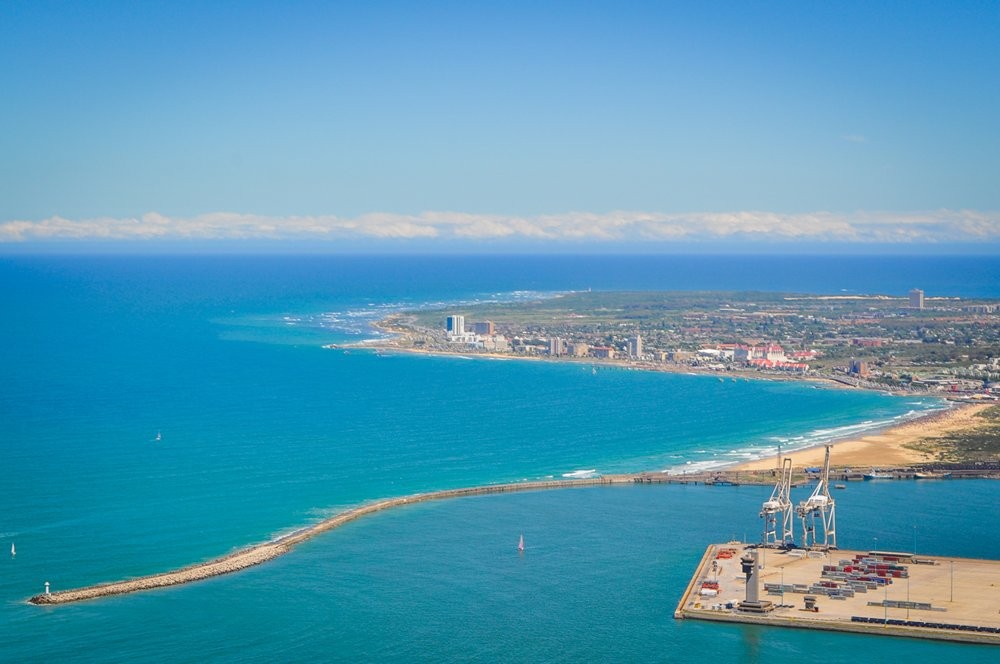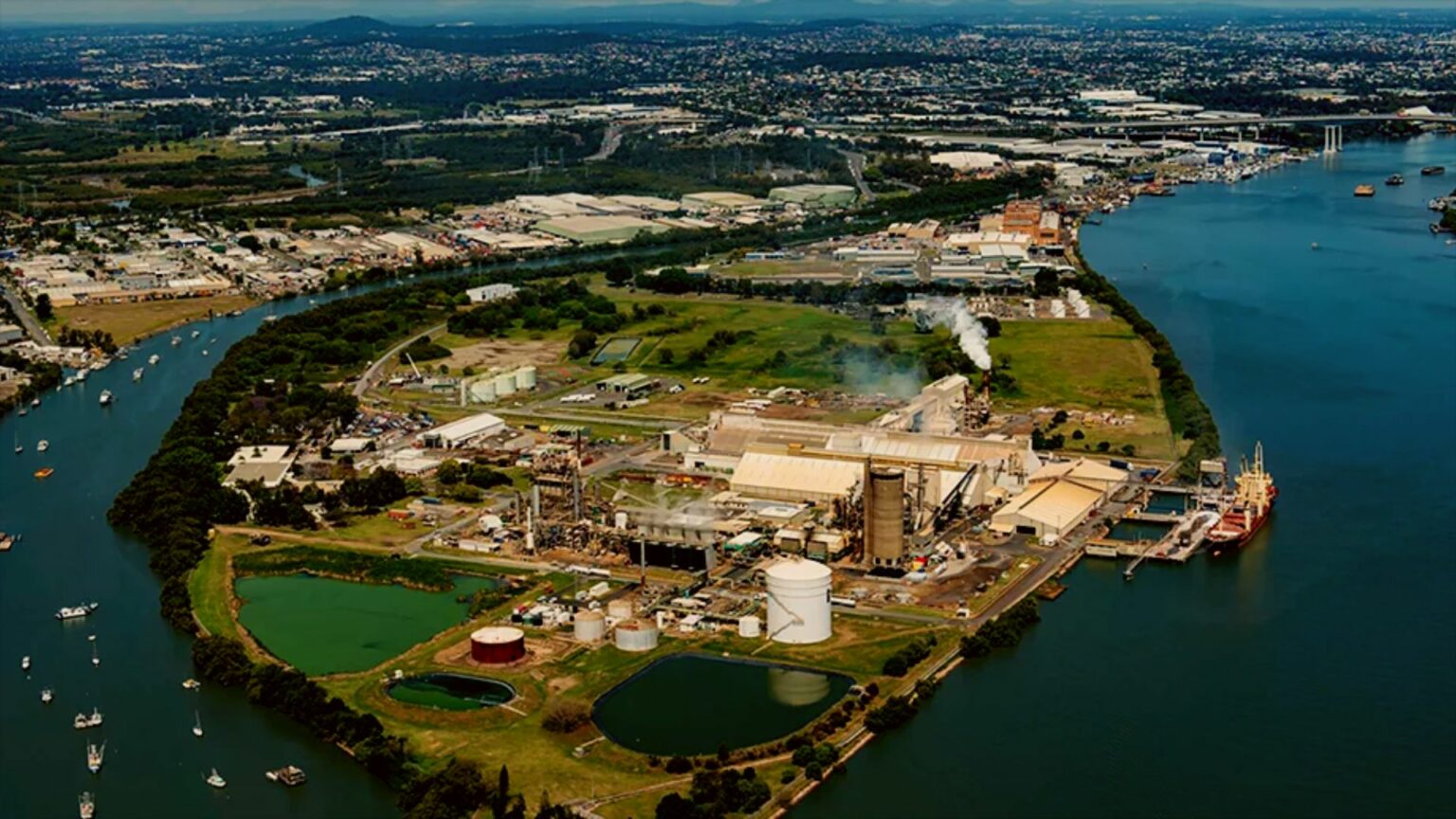The Greatest Green Ammonia Plant in the world is planned soon to be built on several thousand hectares of land near Nelson Mandela Bay, Eastern Cape, South Africa.
Ammonia, which is composed of nitrogen and hydrogen, is a vital component of many medicinal and cleaning products, ammonia is also utilised to make explosives for the mining industry. Its production currently accounts for 1.8% of the world’s CO2 emissions and primarily produced by the utilisation of fossil fuels like coal or natural gas. The reason they are calling it as “GREEN” is that only renewable energy sources will be used for its production.
Table of Contents

A $9.4 billion green ammonia production project has recently been given to HYPHEN Hydrogen Energy, a business with ties to Germany, by neighbouring Namibia.The Hive Hydrogen’s South Africa Green Ammonia project will be the country’s debut endeavour in the field of producing green ammonia.
According to Thulani Gcabashe, executive chairman of Built Africa and chairman of Hive Hydrogen South Africa, “Hive Hydrogen is really thrilled to bring this historic Green Ammonia Plant to Nelson Mandela Bay. This undoubtedly marks the beginning of a new era for the nation’s dedication to environmentally friendly industrial solutions. The project’s overall scope and the usage of environmentally friendly innovations are simply amazing.”
The only ingredients needed to generate green ammonia are water, air, and energy. Nitrogen is then extracted from the air via an air separation unit, and water is split into hydrogen and oxygen using electrolysis. Ammonia is then created by combining hydrogen and nitrogen.
Nelson Mandela Bay’s mayor, Eugene Johnson, remarked, “this initiative represents a turning point for Nelson Mandela Bay and South Africa in the international effort towards the development of sustainable green industry.”
Additionally, InvestSA, a division of the South African Department of Trade, Industry, and Competition, is assisting Hive Hydrogen with investment facilitation via the InvestSA One Stop Shop system.
A Solution For Many
Green ammonia is projected to be the primary fuel in the maritime industry and for the coal replacement as the globe works to decarbonize industries and migrate to cleaner manufacturing. In order to address the needs of agriculture, chemistry, and mining, there is also anticipation to witness an increase in the need for green ammonia internationally. African nations with abundant renewable energy resources are preparing to entice investment in the manufacture of green ammonia and green hydrogen to feed global markets.
The facility, with a projected start-up cost of $4.6 billion, will begin operations in 2026. It will be powered by a nearby solar farm and acquire its water from a neighbouring table salt plant that desalinates saltwater. Large volumes of water are required to produce ammonia.
Over the course of the project, at least 20,000 employment will be produced in the area, as stated by Colin Loubser, managing director of Hive Energy Africa.
It will be a beneficial improvement for the region. According to Asanda Xawuka of the Coega Development Corporation, the organisation responsible for creating jobs in the area, “We were hit very hard by the Coronavirus Pandemic. South Africa has lost a significant amount of jobs. The unemployment rate in the Eastern Cape is currently higher than fifty percent.” This indicates that a large investment of this sort will result in many new employment being generated.
Making of Green Ammonia Plant: Potential Problems
Ammonia is an irritant, and pungent smelling gas, thus handling it requires some expertise. This is one limiting issue regarding this Green Ammonia Plant. It generates nitrogen oxides as a by-product, which we all know is a greenhouse gas and will add to the current levels of air pollution and global warming. This means that additional technology is needed to reduce such emissions.
Additionally, a lot of the green ammonia-using technologies, such as ship engines, are still in the experimental stage, which explains why the present levels of production are limited. Nevertheless, Precedence Research’s analysis predicts that production will soar.













